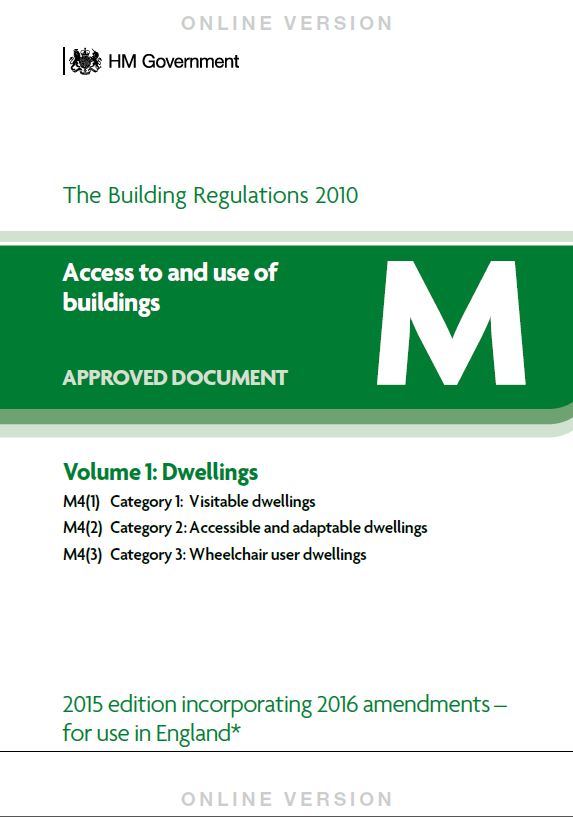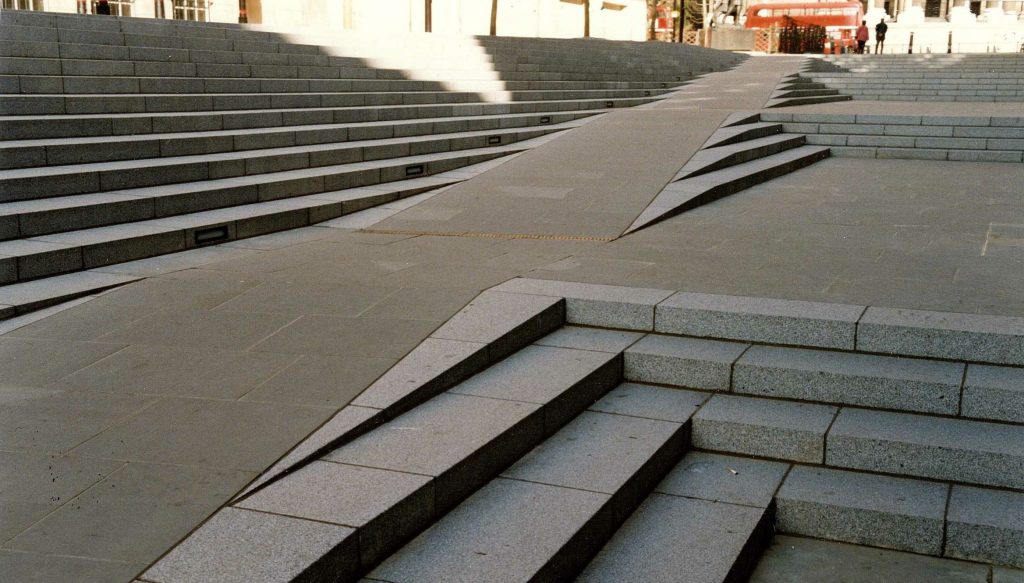Building Regulations are often mentioned but not necessarily fully understood, we all have come across Part M & Part K but what about the other lesser known building regulations. Many cover the structural elements of a building but as buildings sit within a wider landscape and are connected to an external environment there is cross over between ‘building’ and ‘landscape’.

Building Regulations 2010 for England are the legal minimum standards for design, construction and alterations to virtually every building. They are developed by the Government and approved by Parliament. These regulations set standards for the design and construction of buildings to ensure the safety and health for people in or about those buildings. They also include requirements to ensure that fuel and power is conserved and facilities are provided for people, including those with disabilities, to access and move around inside buildings. These are requirements to meet the minimum standards which require approval for all building work (as defined in Regulation 3 of the Building Regulations).
Responsibility for checking the Building Regulations have been met falls to Building Control Bodies either from the Local Authority or the private sector as an Approved Inspector. The person carrying out the work has the choice of where to get approval for the building work. How to get approval depends on whether a Local Authority Building Control service or an Approved Inspector Building Control service is being used. Anyone responsible for the building work, whether agent, designer, builder or installer must ensure that the work complies with applicable requirements.
The following documents give guidance on compliance for approval of Building control for work predominantly carried out in England. These documents set out what, in ordinary circumstances, may be acceptable as reasonable provision for compliance. These documents are guidance only and if you can demonstrate that you can meet a particular requirement in another way then this should be discussed with the relevant building control body. However, if the standards cannot be met then the building and the construction does not comply with the regulations then the Local Authority can seek to enforce the regulations or even prosecute.
The regulations are split into an alphabetical system, with some regulations sub divided into separate volumes to cover different buildings e.g Part M Vol. 1 & 2.
- Part A – Structure – construction & design of buildings.
- Part B – Fire Safety – construction & design of buildings but also covers access for fire services.
- Part C – Site preparation and resistance to contaminants and moisture – construction & design of buildings.
- Part D – Toxic Substances
- Part E – Resistance to the passage of sound
- Part F – Ventilation
- Part G – Sanitation, hot water safety and water efficiency
- Part H – Drainage and Waste Disposal – SUDs & drainage systems. Info on location of foul water treatment.
- Part J – Combustion appliances and fuel storage systems – location of fuel storage tanks.
- Part K – Protection from falling, collision and impact – Covers external protection requirements and overlaps with Part M.
- Part L – Conservation of fuel and power
- Part M – Access to and use of buildings (Vol. 1 & 2) – Covers external access, also refer to Part K for ramps and steps.
- Part N – Glazing Safety (Withdrawn)
- Part P – Electrical Safety – for external installation of electricity.
- Part Q – Security
- Part R – Physical infrastructure for high speed electronic communications networks.
- Regulation 7 – Materials and workmanship

In addition there are numerous other documents and guidance out there including,
NHBC
Lifetime Homes
However what happens in a few years is hard to tell as currently a lot of these requirements are covered by EU Law.